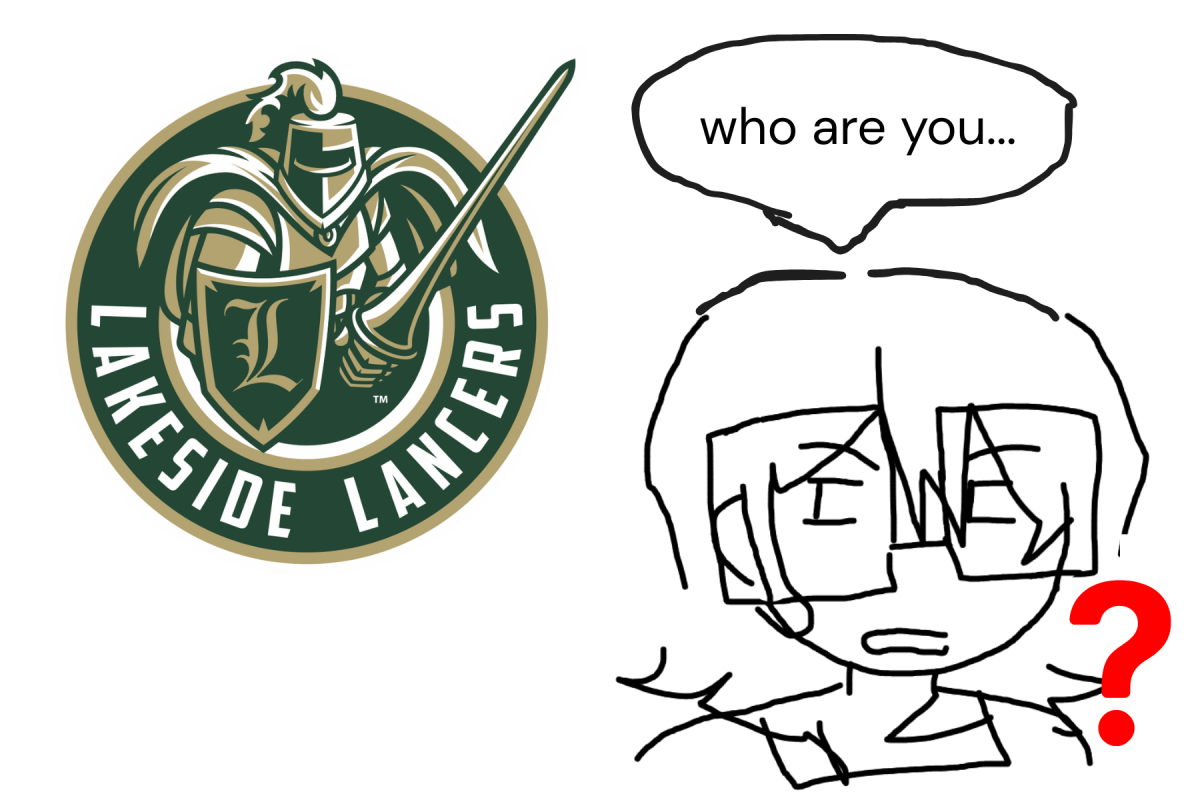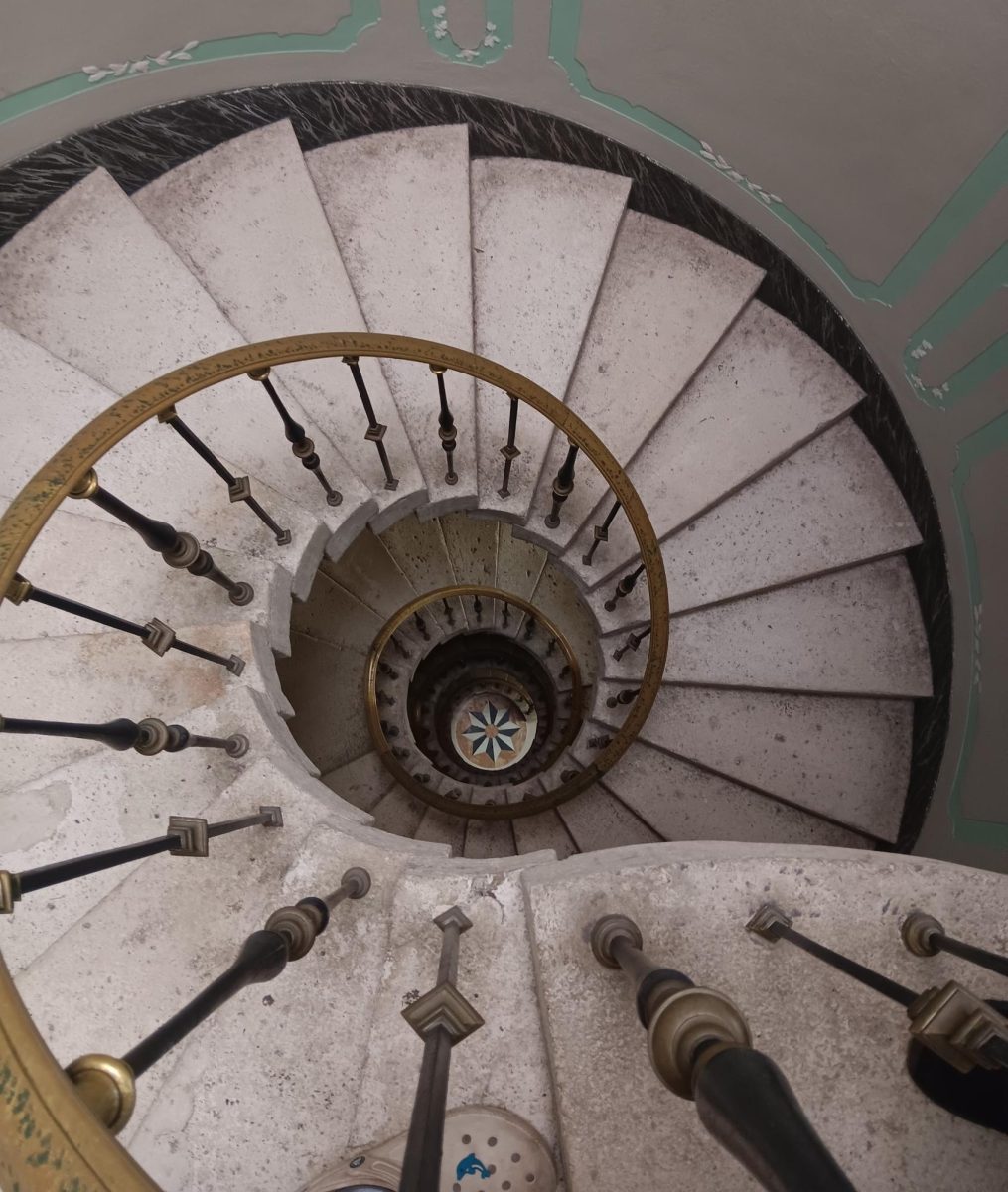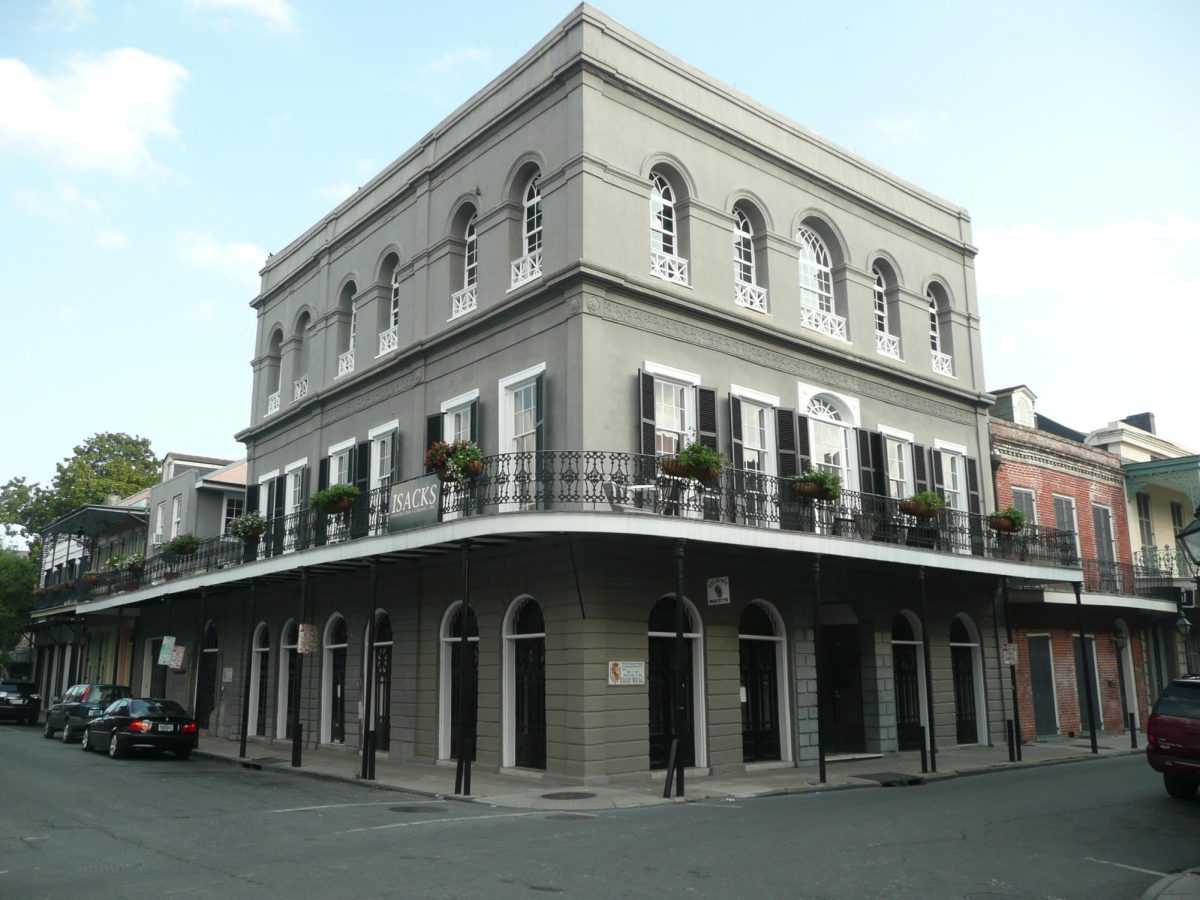Marie Delphine Macarty was born in New Orleans, Spanish Louisiana, on March 19, 1787, as one of five children. Delphine was only four years of age when the Haitian Revolution erupted in 1791, something that made slaveholders very afraid of resistance and rebellion among slaves. She married her first husband at the age of 13 and had a daughter. After he passed away she remarried at the age of 21, having 4 children, but 8 years into their marriage he passed as well.
In 1825, Delphine married her third husband, physician Leonard Louis Nicolas LaLaurie. She bought property at 1140 Royal Street, which she managed on her own with little involvement of her husband. In 1832, she had a two-story mansion built there, complete with attached slave quarters. She lived at the residence with her husband and two of her daughters.
Madam LaLaurie’s cruelty on slaves were whispered amongst New Orleans’ residents around 1836, and one account, from LaLaurie’s neighbor, witnessed an eight-year-old enslaved girl fall to her death from the roof of the mansion while trying to avoid punishment from a whip-wielding LaLaurie. The girl’s body was subsequently buried on the mansion grounds. Another 12 year old slave, Lia, had been brushing Delphine’s hair when she hit a snag, angering LaLaurie to the point that she grabbed a whip and started chasing her.
This incident led to an investigation of the LaLauries, in which they were found guilty of illegal cruelty and forced to forfeit nine slaves of the household. These nine people were sold at auction and were bought back through relatives of the LaLauries. Madam LaLaurie kept her cook starved and chained to the kitchen stove, beating her daughters when they attempted to feed themselves or others.
On April 10, 1834, a fire broke-out in the mansion. When police and fire marshals reached the residence, they found a 70-year-old cook chained to the stove by her ankle. The cook later said that she had set the fire as a suicide attempt because she feared being punished, stating that slaves taken to the uppermost room “never came back.”
Bystanders responding to the fire attempted to enter the quarters of those enslaved to ensure that everyone had been evacuated. Upon being refused entry by the LaLauries, the bystanders broke down the doors to the quarters and found “seven people, more or less horribly mutilated … suspended by the neck, with their limbs apparently stretched and torn from one extremity to the other.” Bystanders reported, “an enslaved woman… wearing an iron collar” and “an old woman, who had received a very deep wound on her head, too weak to be able to walk.” The slaves showed signs of being flayed with a whip, were bound in restrictive postures, and wore spiked iron collars which kept their heads in static positions.
The LaLauries fled once the fire broke out and made it to Paris. The mansion was mobbed by local citizens and sustained major damage by it. The mansion was rebuilt for various reasons and later residents of the LaLaurie Mansion described experiencing a variety of strange occurrences, including reports of cold spots, unexplained noises, and objects moving on their own. These accounts linked the alleged hauntings of Delphine LaLaurie’s brutal treatment of her enslaved people. Many of the reported paranormal events are attributed to the spirits of the enslaved, seeking vengeance or relief.
https://en.wikipedia.org/wiki/Delphine_LaLaurie#cite_note-Long_(2012)_p._81-82-20
❀❀❀































